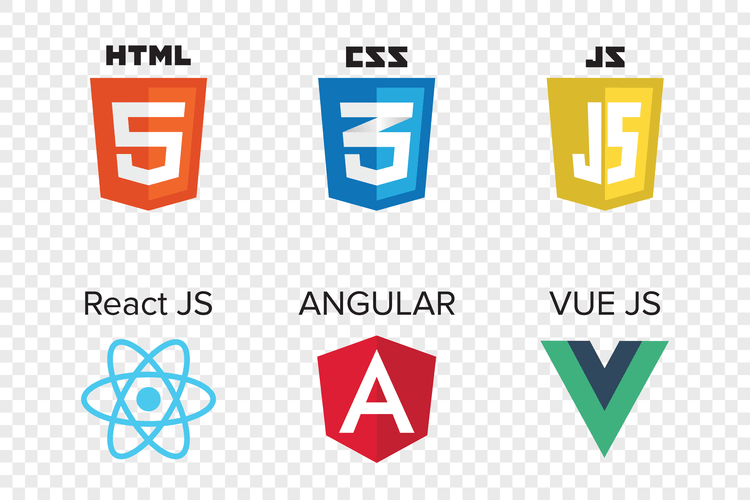Content
You’ll also be able to handle potential bottlenecks, be more efficient, and deliver more value. All you have to do is to prevent your team members from being overwhelmed with too many tasks at once. Scrum operates on the concept of retrospection while Kanban delivers visualization and workflow continuity. Unlike Scrum, which revamps the existing setup, Kanban focuses on increasing its efficiency. Blending agile methodologies, generally speaking, is not considered a good thing.

If the order point is 2, then there may be no need to keep a backlog of 10. Perhaps we can reduce the backlog to 4, and reduce our lead time by 6 days in the process. This greatly reduces the overhead and ceremony of iteration planning. Time spent batch processing for iteration planning estimation can be replaced with a quality control inspection at the time that work is promoted to the ready queue. If a work item is ill- formed, then it gets bounced and repeat offenders get a root cause analysis. In the basic version of Scrumban described so far, the iteration review and planning cycle happens just as it does in ordinary Scrum.
Scrumban guide: 9 things to know before you start
Yet, if you’re still unsure whether to give Scrumban a try, consider this last reassurance. Scrumban doesn’t burn the bridge back to your existing Scrum or Kanban practice. 📜 Create policies for each column, outlining when an item can move from one column to the next and what you do with ones that violate such criteria. Whichever approach you begin with, we recommend you practise it for several months at least. That lets you figure out which elements of your framework are working for you and which aren’t. That gives you foundations from which to investigate and experiment with elements from the other framework.
A lean workflow only spends time doing something that adds value to the final product. It carefully maps out a value-stream in the work process, ensuring that every step is useful and no actions are wasted energy. Setting work in process limits is a quick and easy way to identify bottlenecks within the workflow. But one principle of agile is ongoing reflection and improvement. As developers have worked with the scrum, kanban and lean methods, they’ve identified flaws, and sought to improve them. Together, the team decides what needs to be done first and discusses the list of prioritized tasks.
Kanban
Flow diagrams are used to showcase weaknesses in the process. Just like Scrum, Scrumban is all about figuring out how much work can be done in a sprint while prioritizing the most important tasks to focus on next. The prioritization process in Scrumban is continuous and decided upon by the team. Scrum boards require more preparation given they’re more methodical in nature, whereas Kanban boards offer less structure but more leeway.

For starters, it’s not a strict methodology and it can be adjusted according to the specific requirements of a team. Kanban doesn’t prescribe roles and it doesn’t have time restrictions for the work in progress . As an example, let’s use a software development project https://globalcloudteam.com/ for this purpose where we’re working with features or tasks. Understanding the visual board, its elements and the Scrumban method are the first steps. Teams use Scrumban to better guide and manage the development of a product, service, or maintenance-based tasks.
How to implement Scrumban
It takes a long time for a team to align their story point estimations and base velocity. Every day stand-up meetings, frequent backlog refinement and sprint planning meetings come with a price as well. A sprint is a fixed commitment and does not allow for any change or interruptions. Highly when to use scrumban skilled people spend a lot of time doing secondary tasks which is not very cost effective either. The Agile methodology includes a manifesto and a list of 12 principles, which intend to steer software development teams in a positive direction while accepting and adapting to changes.
- If there are no more cards on the board, then some of them can be pulled from the product backlog.
- It can create a centralized work stream that combines the work from multiple departments and sources.
- Scrum involves a systematic approach to meetings — aptly named “ceremonies.” There’s no such standard in Kanban.
- The Scrum framework provides a blueprint of values, roles, and guidelines for how to run sprints effectively.
- Scrum introduces the concept of sprints, that are pre-defined periods, in which the team focuses solely on the goal at hand.
The team continues working until all planned stories are completed, including design, coding and testing. Yes, our software removes one of the disadvantages of scrumban. There might be no daily stand-up meetings, but project managers can generate reports with one click to monitor progress on tasks, project variance, health and more.
Click the button to start reading
It might be that your Scrum practise organically evolves into a Scrumban practice over time, or vice versa. 👤 A Service Delivery Manager, for example, who’s in charge of improving workflow efficiency is akin to the Scrum Master. For many teams, Scrumban emerges organically from their working practises. They pick some elements of Scrum, add a few from Kanban, and end up with Scrumban. Many people see Scrumban as a more relaxed version of Scrum. Likewise, Scrum is the rule- and deadline-focused version of Scrumban.

To succeed with Scrumban, your team will need to be comfortable developing some of their own principles and using trial and error as they go along. One of Scrumban’s most compelling advantages is the time savings you’ll realize. You don’t spend a lot of time planning sprints at every new juncture.
Set Work-in-Progress Limits
Because Scrumban teams don’t typically work in timeboxed iterations, there’s no need to estimate their tasks with story points. Instead, development teams decide what to do next by order of priority. When there’s room for another card under the work-in-progress column on the Scrumban board, team members pull whatever item has the highest priority.


